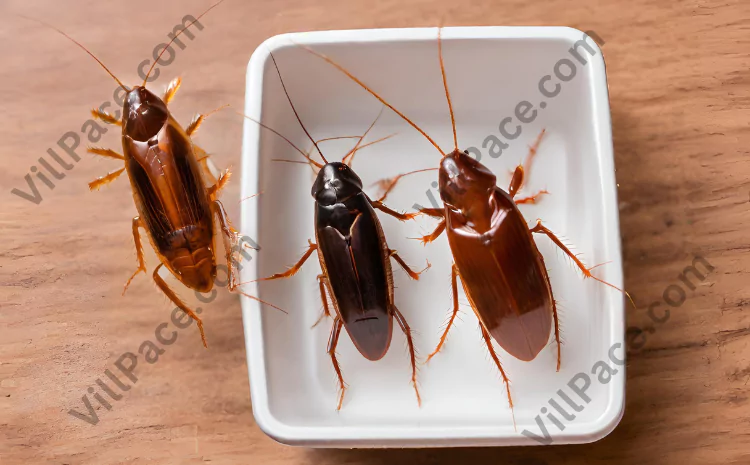Finding those creepy, crawly cockroaches in your home can be any homeowner’s nightmare. But did you know there are over 4,500 species of roaches? Two common culprits giving people the heebie-jeebies are German cockroaches (german cockroaches) and American cockroaches (american cockroaches).
While both are unwelcome pests, there are some key differences to note when trying to identify the type infesting your house. Understanding these variances makes it easier to prevent and eliminate roach problems.
Size Difference
The most obvious difference between german cockroach vs american cockroach is their size. German cockroaches are much smaller than American cockroaches.
German roaches measure about 1/2-5/8 inches long when full grown. They are light brown with two dark brown stripes running vertically down their backs.
In contrast, american cockroaches range from 1 1/2–2 inches in length at maturity. These reddish brown insects are one of the largest roach species found inside homes.
Due to size variance, German roaches can fit into tighter spaces than their chunkier American counterparts. But both types reproduce rapidly if unchecked.
| Cockroach Type | Average Size |
|---|---|
| German | 1/2 – 5/8 inches |
| American | 1 1/2 – 2 inches |
Preferred Habitats
Another difference involves where these pesky bugs like to reside.
German cockroaches prefer indoor habitats and heavily infest kitchens and bathrooms. Since they travel by foot, German colonies cluster near food, water and shelter sources.
Conversely, american cockroaches prefer outdoor habitats like sewers and landscape debris. They venture inside via drains and cracks seeking food. But American roaches just pass through rather than colonize indoors.
So while German roaches rule the roost inside, American roaches invade from outside to raid your residence. Understanding these habitat preferences helps pinpoint access points and prime breeding grounds.
Identifying Nymphs
When trying to diagnose what type of roach keeps recurring, look at the young nymphs too.
German cockroach nymphs look like miniature versions of the adults, with two distinct stripes down the back. Nymphs are wingless.
Meanwhile, american cockroach nymphs resemble adults without wings, but change from greyish with red stripes to fully reddish brown as they mature.
So nymph coloration and markings indicate what species you’re handling. Combine that knowledge with size and habitat clues to identify your exact invaders.
Speed Differences
Think roaches only creep around? Think again! Scientists clocked the German cockroach’s top speed at 1.5 feet per second.
Crunching numbers, that means german cockroaches can sprint at 3 miles per hour – pretty zippy for such tiny insects! This lightning speed helps them zip away and hide before humans swat them.
Comparatively, American cockroaches amble around slowly at 0.6 feet per second tops. Their heftier physique prevents sprinting.
So German roaches have superior manouverability due to smaller stature and quicker pace over American cockroaches. Leverage these mobility differences when trapping and baiting.
Reproduction and Growth Rates
Both species produce egg capsules called oothecae. But German roaches reproduce faster than American roaches.
- Adult german roach females generate 4–8 oothecae in their 3-6 month lifetime, each containing 30-40 eggs. From egg to adult takes about 36-57 days.
- Adult american roach females produce more oothecae at 12-14 over an 11 month lifespan, but each capsule only has around 16 eggs. Their egg to adult timeline spans 600+ days.
So while one American female roach can birth up to 224 babies annually, an individual German female roach births a staggering 2,160 offspring per year.
Clearly, German cockroaches proliferate at insane rates compared to American cockroaches due to shorter life cycles enabling more generations annually. That’s why stopping German roaches quickly is crucial!
Key Takeaways
While no picnic to discover, identifying nuances between German vs American cockroaches through size, habitat preference, markings and reproduction rates helps guide effective removal approaches.
Knowledge is power! Armed with the ability to distinguish between these common home invaders, you can now tackle targeted prevention and elimination plans to rid each breed of pest.

Mark Thompson, a seasoned pest controller, is renowned for his expertise in keeping homes and businesses free from unwanted intruders. With a passion for environmental sustainability and a deep understanding of pest behavior, Mark has become a trusted authority in the industry.
